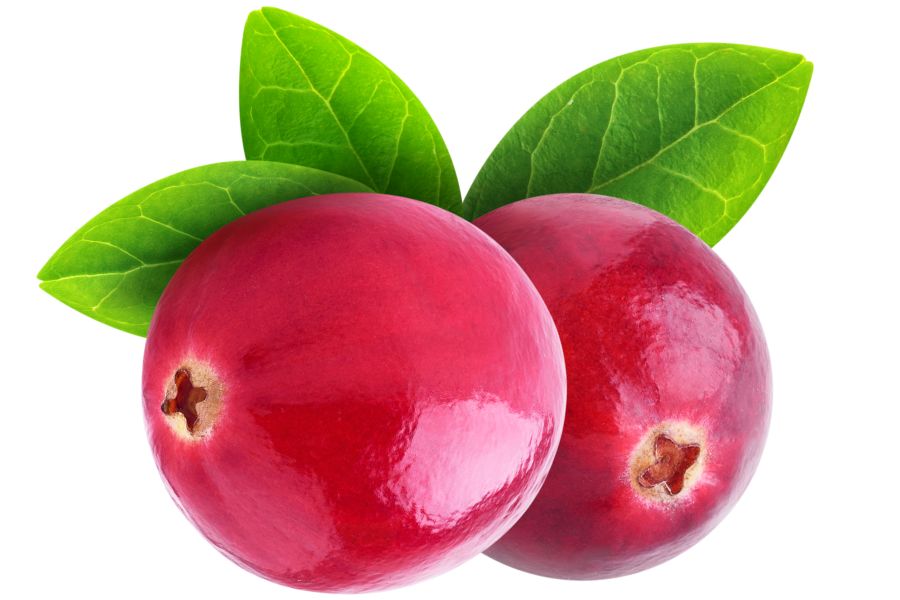There are valuable edible plants growing all over Maine for those who know where to look and what to look for. Chanterelles can show up in damp summer forests, while elderberries grow in open sunny spots. Even the fiddleheads of the ostrich fern are harvested and sold in local markets.
Some of these plants are only available for a few weeks out of the year, which makes them harder to find and more desirable. Others have multiple uses, offering both food and medicinal potential. When you know the right times and places, you can gather far more than a handful of common greens.
The diversity of valuable plants in Maine goes far beyond what most people expect. Whether you’re wandering through bogs or climbing rocky slopes, chances are something edible is nearby. Knowing how to spot these plants can lead to a basket full of high-value wild foods.
What We Cover In This Article:
- What Makes Foreageables Valuable
- Foraging Mistakes That Cost You Big Bucks
- The Most Valuable Forageables in the State
- Where to Find Valuable Forageables in the State
- When to Forage for Maximum Value
- The extensive local experience and understanding of our team
- Input from multiple local foragers and foraging groups
- The accessibility of the various locations
- Safety and potential hazards when collecting
- Private and public locations
- A desire to include locations for both experienced foragers and those who are just starting out
Using these weights we think we’ve put together the best list out there for just about any forager to be successful!
A Quick Reminder
Before we get into the specifics about where and how to find these plants and mushrooms, we want to be clear that before ingesting any wild plant or mushroom, it should be identified with 100% certainty as edible by someone qualified and experienced in mushroom and plant identification, such as a professional mycologist or an expert forager. Misidentification can lead to serious illness or death.
All plants and mushrooms have the potential to cause severe adverse reactions in certain individuals, even death. If you are consuming wild foragables, it is crucial to cook them thoroughly and properly and only eat a small portion to test for personal tolerance. Some people may have allergies or sensitivities to specific mushrooms and plants, even if they are considered safe for others.
The information provided in this article is for general informational and educational purposes only. Foraging involves inherent risks.
What Makes Foreageables Valuable
Some wild plants, mushrooms, and natural ingredients can be surprisingly valuable. Whether you’re selling them or using them at home, their worth often comes down to a few key things:
The Scarcer the Plant, the Higher the Demand
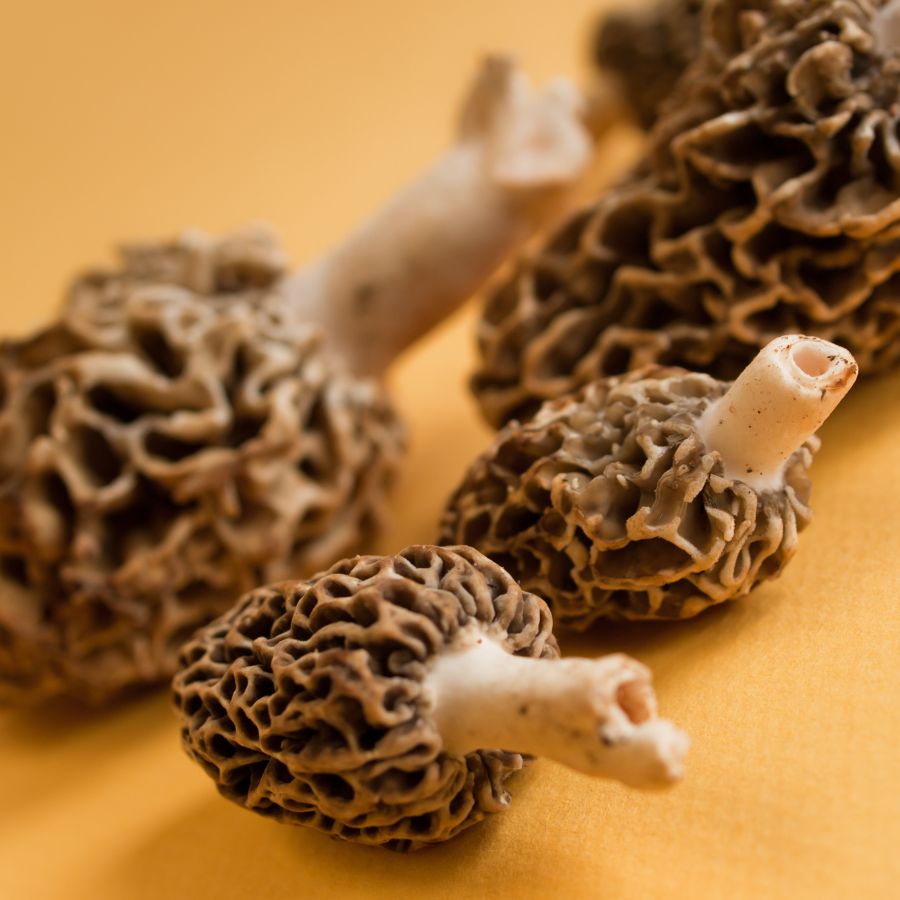
Some valuable forageables only show up for a short time each year, grow in hard-to-reach areas, or are very difficult to cultivate. That kind of rarity makes them harder to find and more expensive to buy.
Morels, truffles, and ramps are all good examples of this. They’re popular, but limited access and short growing seasons mean people are often willing to pay more.
A good seasonal foods guide can help you keep track of when high-value items appear.
High-End Dishes Boost the Value of Ingredients
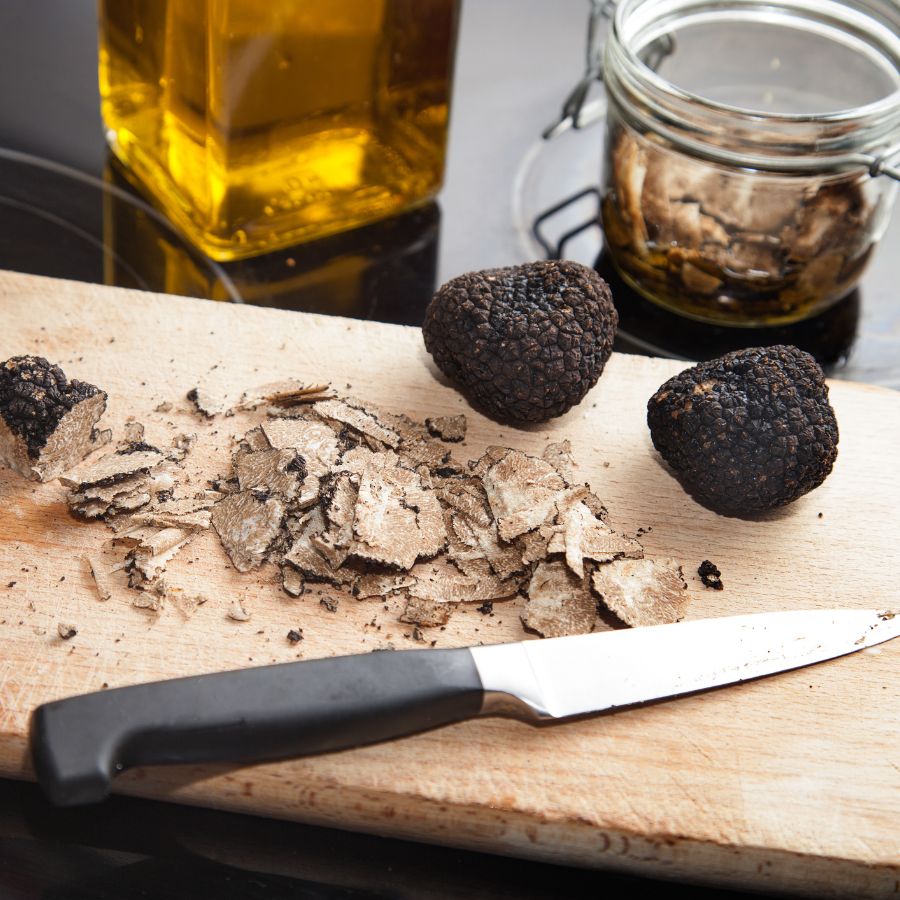
Wild ingredients that are hard to find in stores often catch the attention of chefs and home cooks. When something unique adds flavor or flair to a dish, it quickly becomes more valuable.
Truffles, wild leeks, and edible flowers are prized for how they taste and look on a plate. As more people try to include them in special meals, the demand—and the price—tends to rise.
You’ll find many of these among easy-to-identify wild mushrooms or herbs featured in fine dining.
Medicinal and Practical Uses Drive Forageable Prices Up
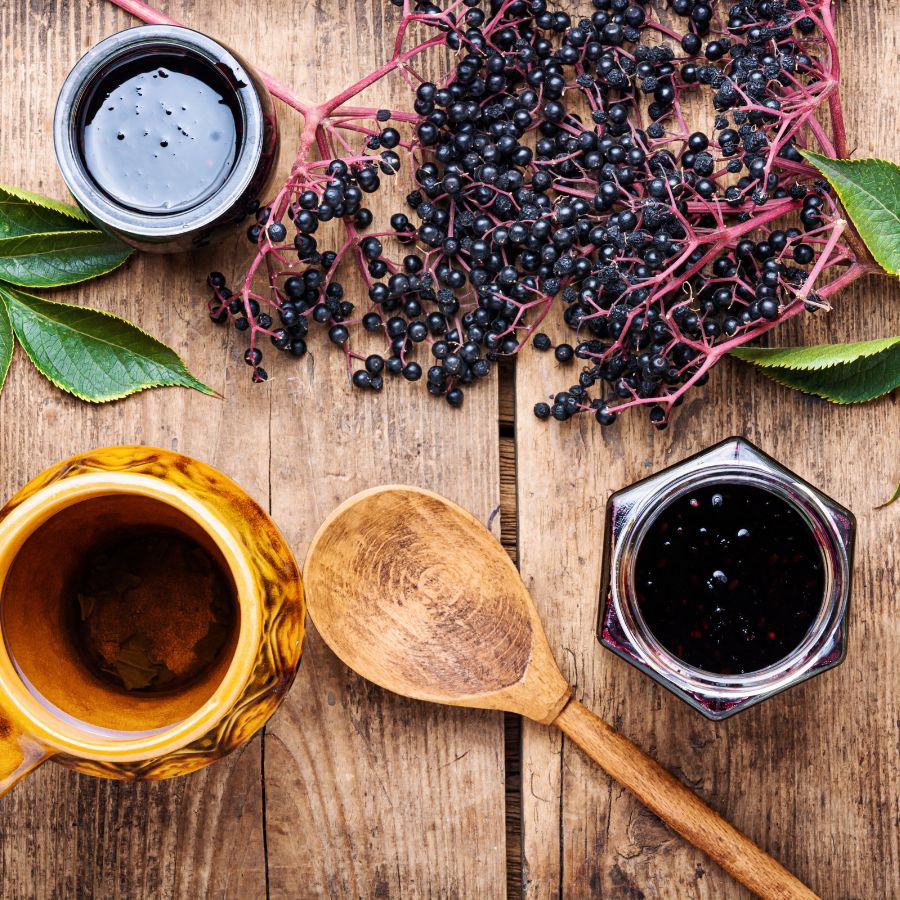
Plants like ginseng, goldenseal, and elderberries are often used in teas, tinctures, and home remedies. Their value comes from how they support wellness and are used repeatedly over time.
These plants are not just ingredients for cooking. Because people turn to them for ongoing use, the demand stays steady and the price stays high.
The More Work It Takes to Harvest, the More It’s Worth
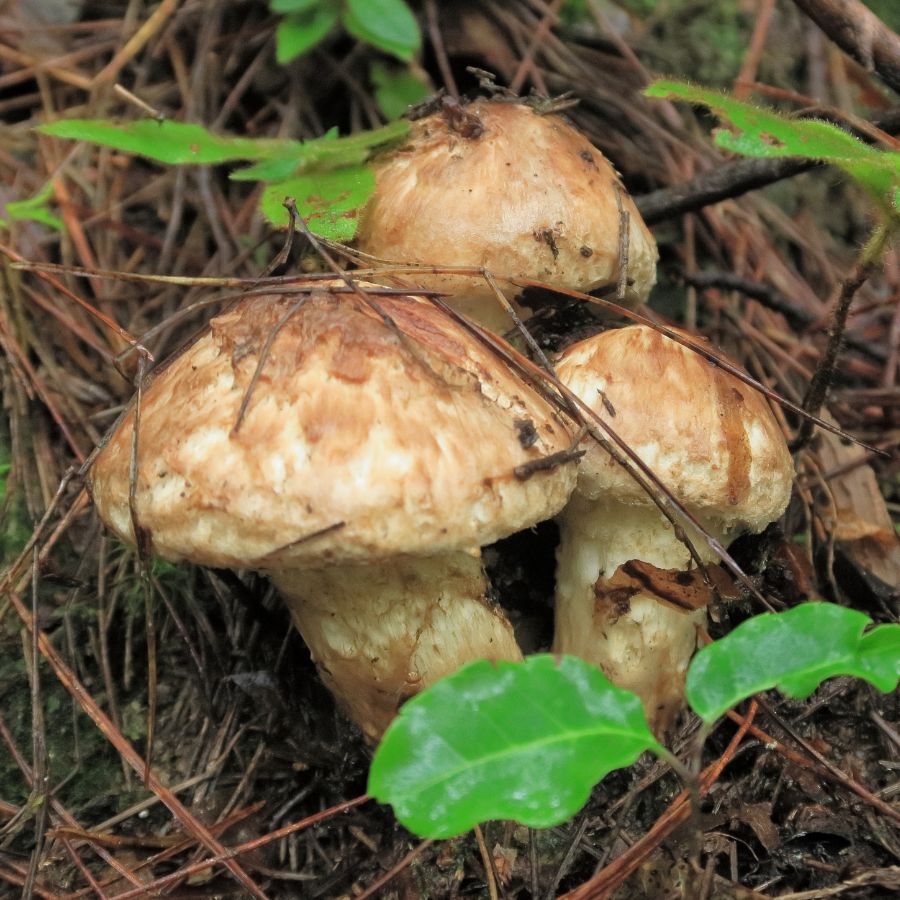
Forageables that are hard to reach or tricky to harvest often end up being more valuable. Some grow in dense forests, need careful digging, or have to be cleaned and prepared before use.
Matsutake mushrooms are a good example, because they grow in specific forest conditions and are hard to spot under layers of leaf litter. Wild ginger and black walnuts, meanwhile, both require extra steps for cleaning and preparation before they can be used or sold.
All of that takes time, effort, and experience. When something takes real work to gather safely, buyers are usually willing to pay more for it.
Foods That Keep Well Are More Valuable to Buyers
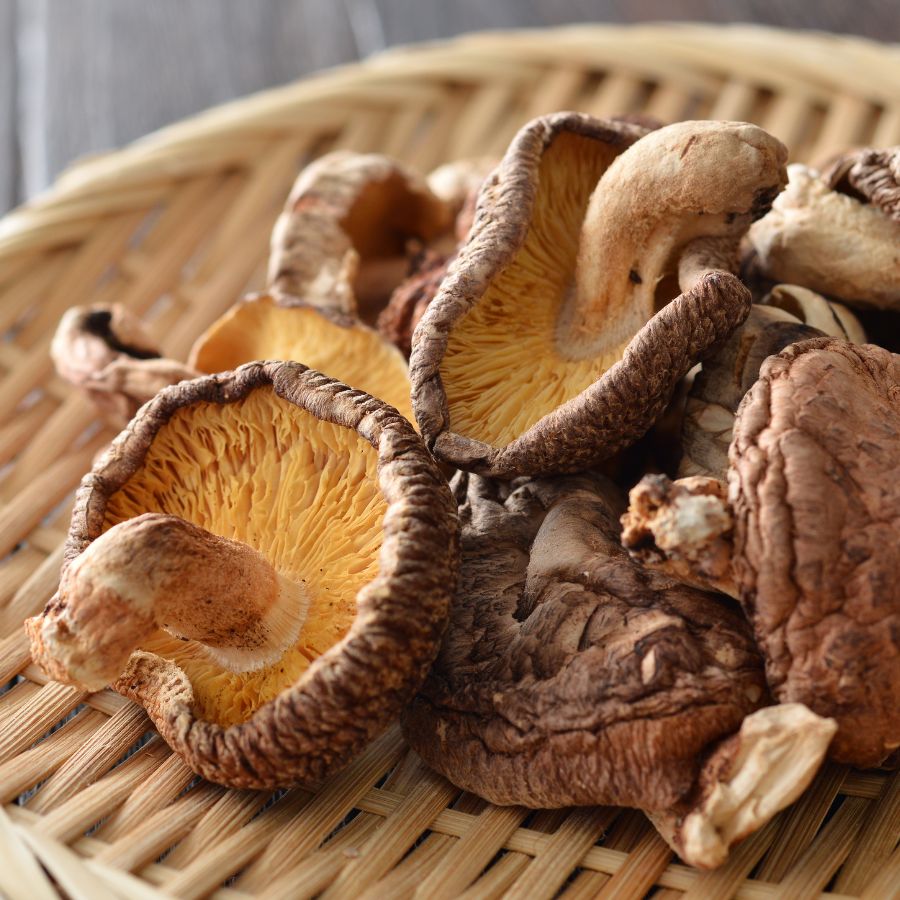
Some forageables, like dried morels or elderberries, can be stored for months without losing their value. These longer-lasting items are easier to sell and often bring in more money over time.
Others, like wild greens or edible flowers, have a short shelf life and need to be used quickly. Many easy-to-identify wild greens and herbs are best when fresh, but can be dried or preserved to extend their usefulness.
A Quick Reminder
Before we get into the specifics about where and how to find these mushrooms, we want to be clear that before ingesting any wild mushroom, it should be identified with 100% certainty as edible by someone qualified and experienced in mushroom identification, such as a professional mycologist or an expert forager. Misidentification of mushrooms can lead to serious illness or death.
All mushrooms have the potential to cause severe adverse reactions in certain individuals, even death. If you are consuming mushrooms, it is crucial to cook them thoroughly and properly and only eat a small portion to test for personal tolerance. Some people may have allergies or sensitivities to specific mushrooms, even if they are considered safe for others.
The information provided in this article is for general informational and educational purposes only. Foraging for wild mushrooms involves inherent risks.
Foraging Mistakes That Cost You Big Bucks
When you’re foraging for high-value plants, mushrooms, or other wild ingredients, every decision matters. Whether you’re selling at a farmers market or stocking your own pantry, simple mistakes can make your harvest less valuable or even completely worthless.
Harvesting at the Wrong Time
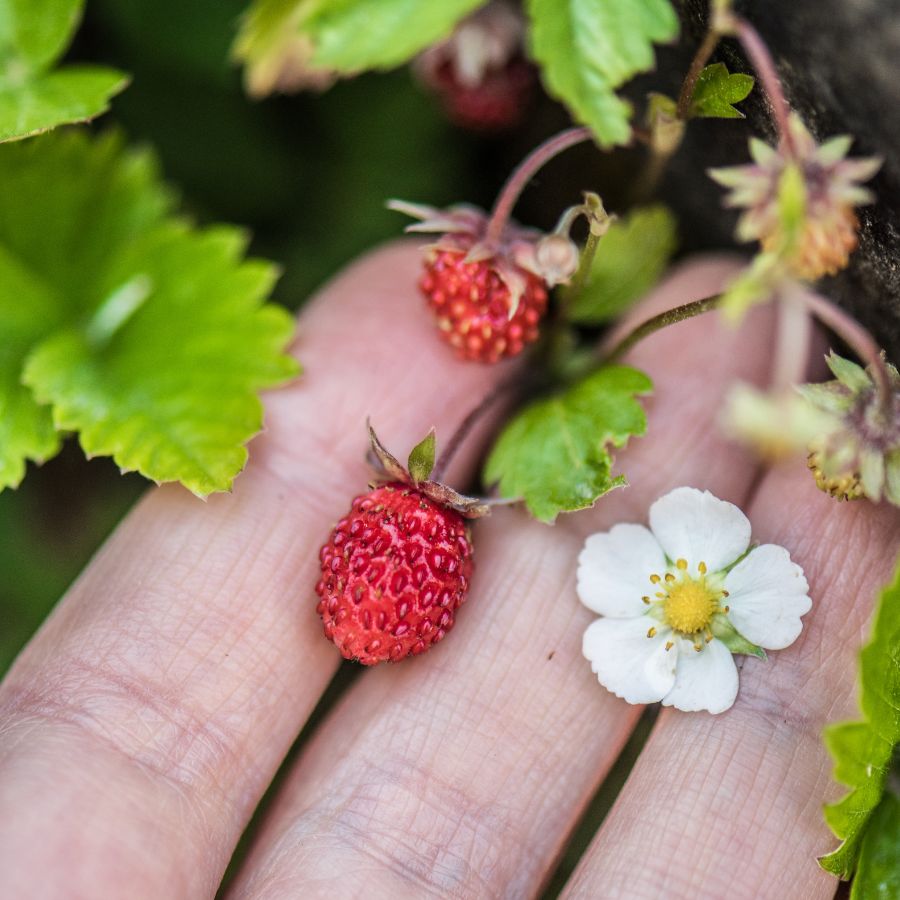
Harvesting at the wrong time can turn a valuable find into something no one wants. Plants and mushrooms have a short window when they’re at their best, and missing it means losing quality.
Morels, for example, shrink and dry out quickly once they mature, which lowers their weight and price. Overripe berries bruise in the basket and spoil fast, making them hard to store or sell.
Improper Handling After Harvest
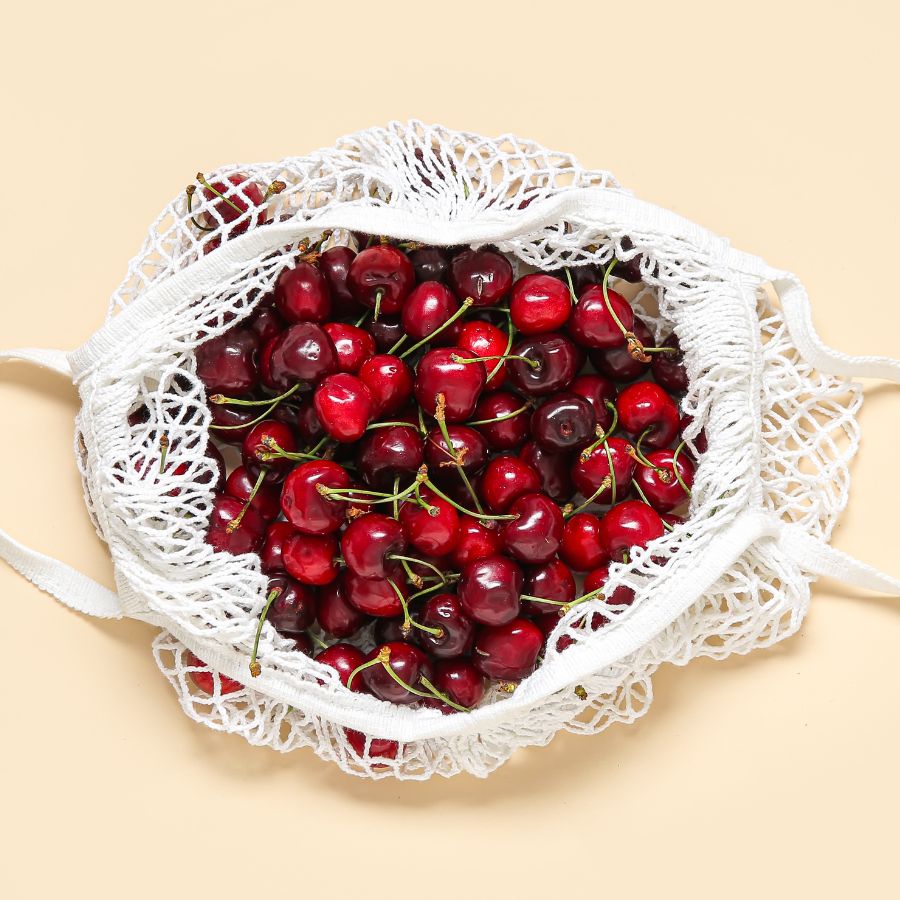
Rough handling can ruin even the most valuable forageables. Crushed mushrooms, wilted greens, and dirty roots lose both their appeal and their price.
Use baskets or mesh bags to keep things from getting smashed and let air circulate. Keeping everything cool and clean helps your harvest stay fresh and look better for longer.
This is especially important for delicate items like wild roots and tubers that need to stay clean and intact.
Skipping Processing Steps
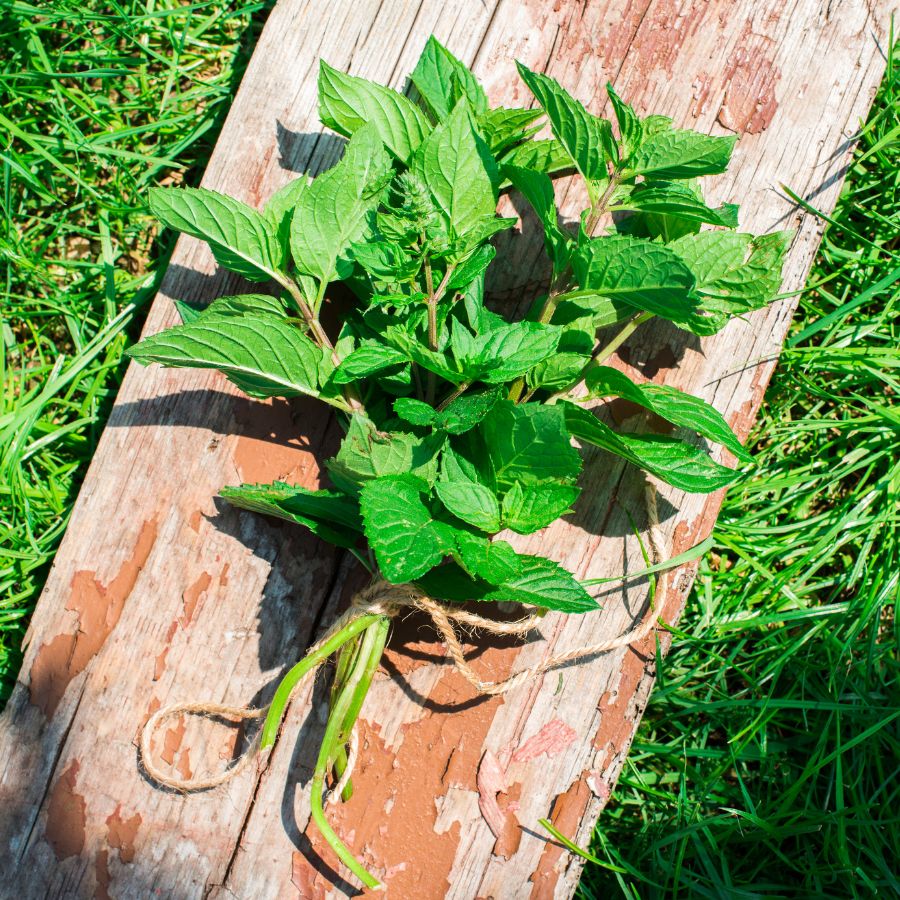
Skipping basic processing steps can cost you money. A raw harvest may look messy, spoil faster, or be harder to use.
For example, chaga is much more valuable when dried and cut properly. Herbs like wild mint or nettle often sell better when bundled neatly or partially dried. If you skip these steps, you may end up with something that looks unappealing or spoils quickly.
Collecting from the Wrong Area
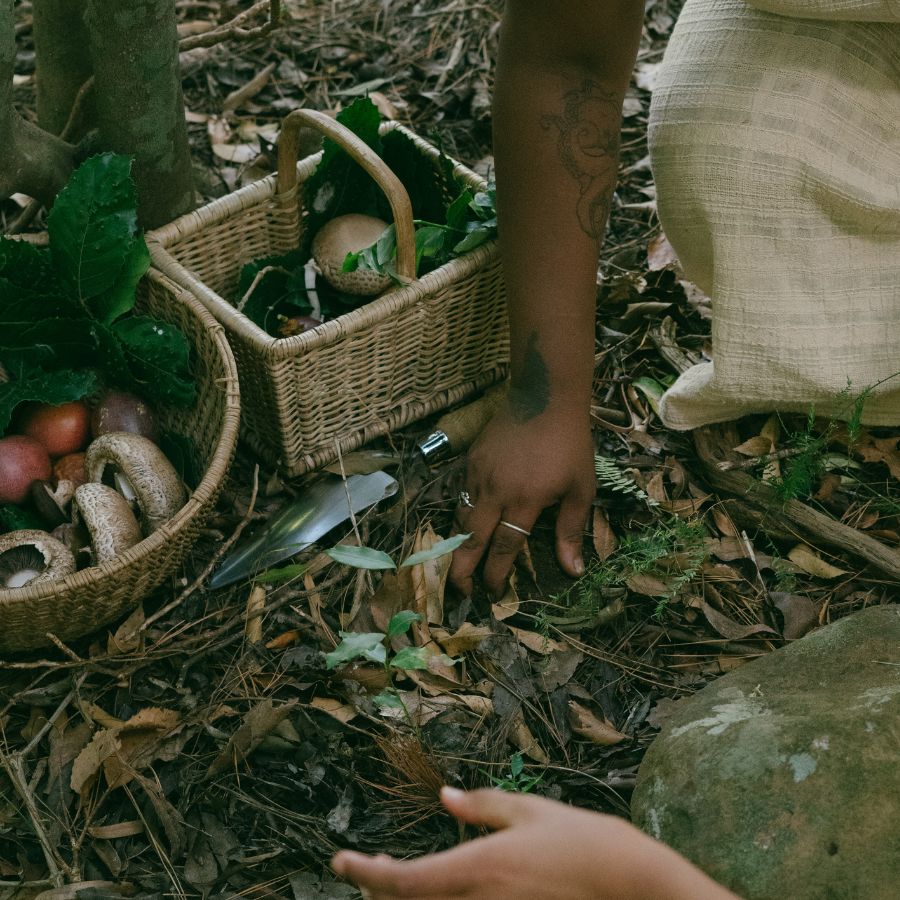
Harvesting in the wrong place can ruin a good find. Plants and mushrooms pulled from roadsides or polluted ground may be unsafe, no matter how fresh they look.
Buyers want to know their food comes from clean, responsible sources. If a spot is known for overharvesting or damage, it can make the whole batch less appealing.
These suburbia foraging tips can help you find overlooked spots that are surprisingly safe and productive.
Not Knowing the Market
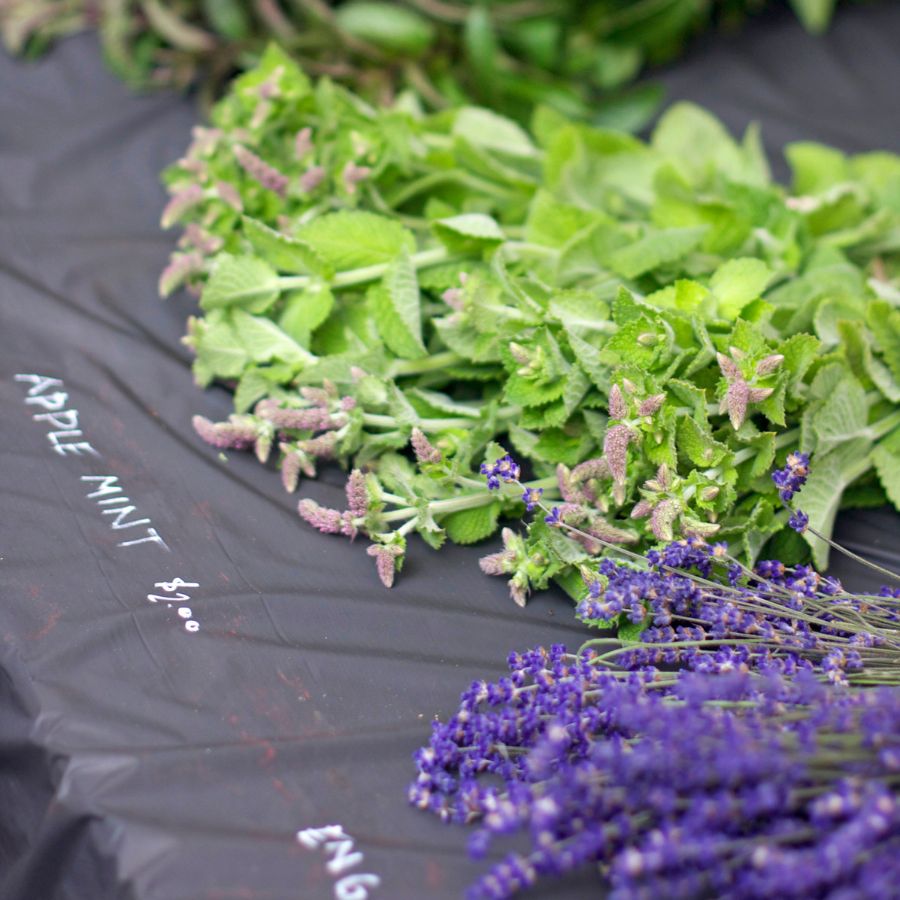
A rare plant isn’t valuable if nobody wants to buy it. If you gather in-demand species like wild ramps or black trumpets, you’re more likely to make a profit. Pay attention to what chefs, herbalists, or vendors are actually looking for.
Foraging with no plan leads to wasted effort and unsold stock. Keeping up with demand helps you bring home a profit instead of a pile of leftovers.
You can also brush up on foraging for survival strategies to identify the most versatile and useful wild foods.
Before you head out
Before embarking on any foraging activities, it is essential to understand and follow local laws and guidelines. Always confirm that you have permission to access any land and obtain permission from landowners if you are foraging on private property. Trespassing or foraging without permission is illegal and disrespectful.
For public lands, familiarize yourself with the foraging regulations, as some areas may restrict or prohibit the collection of mushrooms or other wild foods. These regulations and laws are frequently changing so always verify them before heading out to hunt. What we have listed below may be out of date and inaccurate as a result.
The Most Valuable Forageables in the State
Some of the most sought-after wild plants and fungi here can be surprisingly valuable. Whether you’re foraging for profit or personal use, these are the ones worth paying attention to:
Ramps (Allium tricoccum)
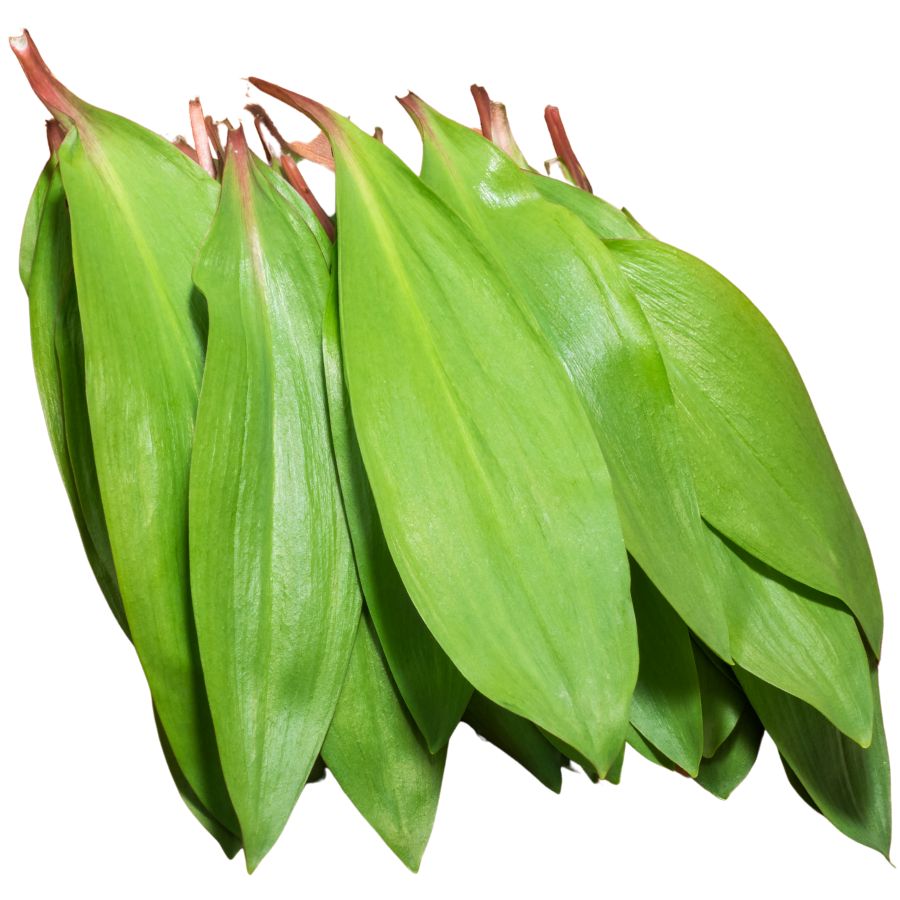
Ramps, often called wild garlic or wild leeks, are a flavorful edible plant prized by chefs and foragers alike. The plant has two or three wide green leaves, a reddish lower stem, and a white bulb with a strong onion-garlic aroma.
Toxic lookalikes like lily of the valley can confuse inexperienced foragers, but ramps always smell distinctly like onion when the leaves are torn. That scent is the easiest and most reliable clue for identification.
Cooks love using ramps in simple sautés, potato dishes, or blended into compound butters. The texture is soft and silky when cooked, while the raw bulbs offer a strong bite.
Their popularity in high-end cooking has made them one of the most expensive wild greens sold in markets. Because entire plants are often pulled for their bulbs, overharvesting has made sustainably gathered ramps even more valuable.
Chanterelle (Cantharellus cibarius)
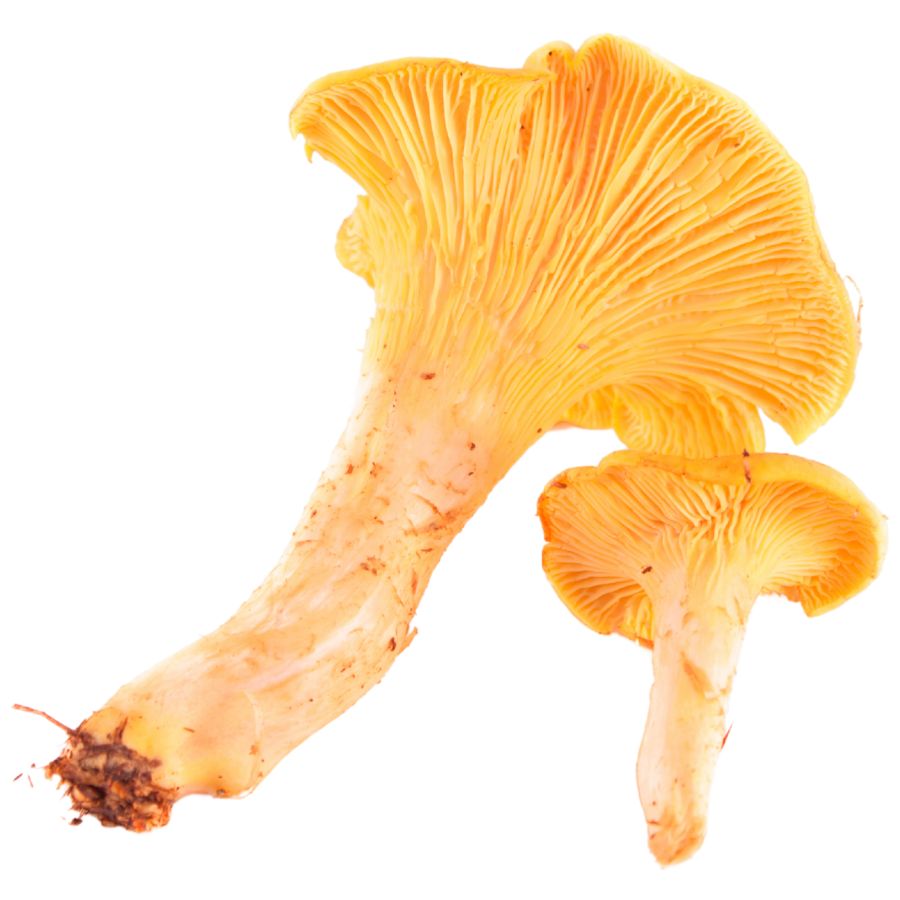
Golden chanterelles, also called egg mushrooms or girolles, are funnel-shaped and usually a bright yellow-orange with false gills that appear as deep, forked wrinkles. They have a fruity smell, almost like apricots, and a dense, meaty texture when cooked.
The part you want is the whole cap and stem, both of which soften nicely in butter or cream-based dishes. Their flavor is rich and peppery, which makes them popular in risottos, sautés, and soups.
A common lookalike is the jack-o’-lantern mushroom, which glows faintly in the dark and has true gills instead of shallow ridges. That one will give you stomach cramps, so pay close attention to the gill structure and color.
Fresh chanterelles can sell for over $20 per pound at farmers markets and restaurants, especially when demand is high. Their shelf life is short, but you can extend it by drying or pickling them soon after harvest.
Black Trumpet (Craterellus fallax)
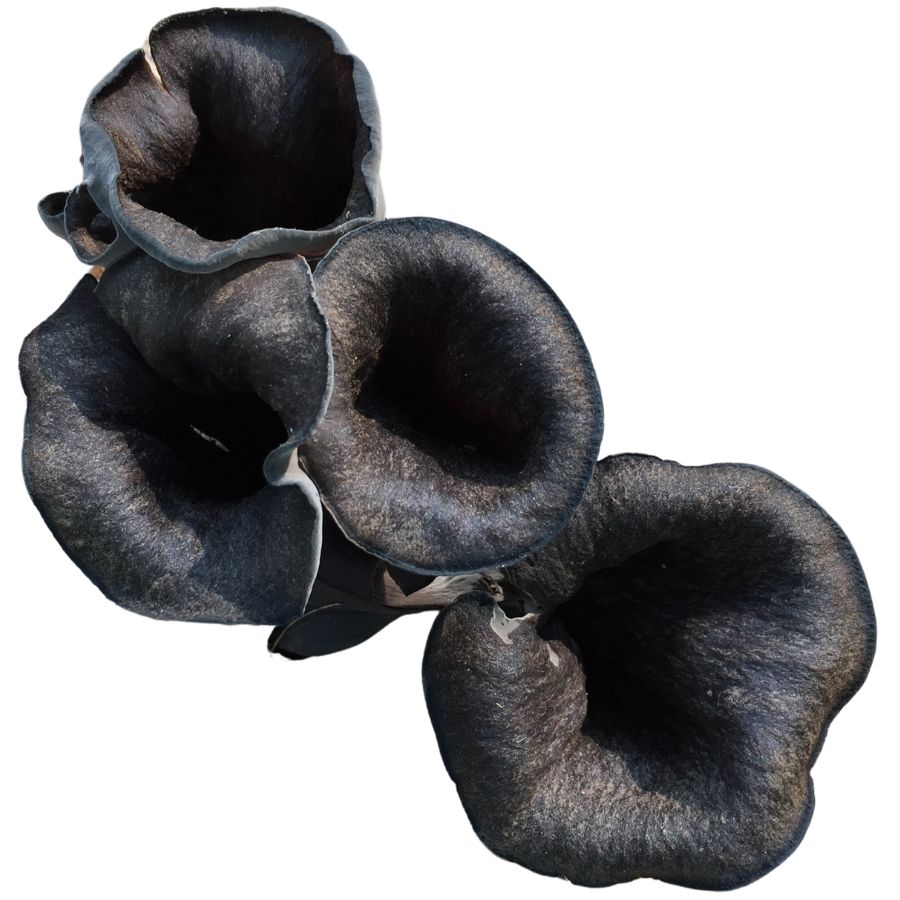
Black trumpet mushrooms have a thin, funnel-shaped body that ranges from deep gray to charcoal black, often with a wrinkled or wavy texture. They grow hollow from stem to top, with smooth undersides instead of gills.
The entire fruiting body is edible, and it cooks down quickly, releasing a deep, smoky aroma. Their texture is tender and slightly chewy, making them a favorite in risottos, cream sauces, or simply sautéed with butter.
One of the biggest dangers comes from confusing black trumpets with inedible cup fungi, which are often thicker and lack the delicate, papery walls. Another lookalike, devil’s urn, appears earlier in the season and has a more rigid, vase-like shape.
Black trumpets dry exceptionally well and retain their flavor for months, which boosts their market price. In the right places, they can sell for $30 to $50 per pound when dried, making them highly sought after by chefs and foragers alike.
Lobster Mushroom (Hypomyces lactifluorum)
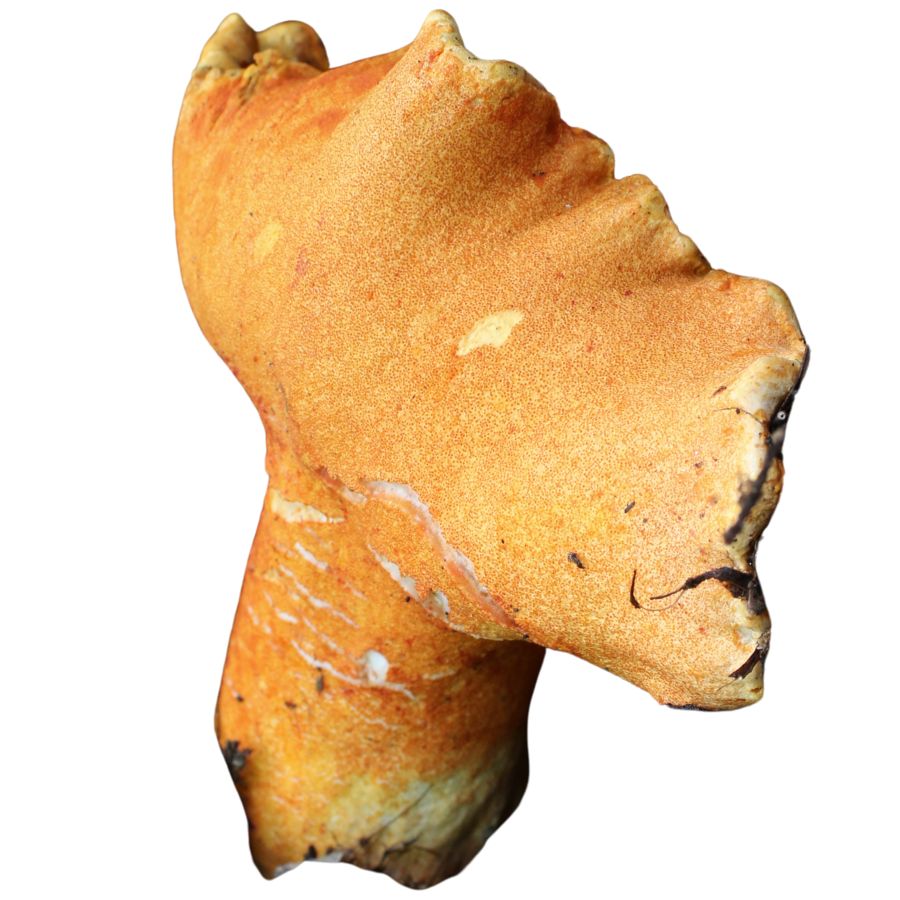
Lobster mushrooms are actually a parasitic fungus that grows over certain Russula or Lactarius mushrooms, giving them their bright reddish-orange color and dense texture. What you eat is the entire transformed fruiting body, which becomes firm, slightly brittle, and seafood-scented.
The flavor of lobster mushrooms is earthy, nutty, and sometimes described as mildly shellfish-like, making them a popular choice in soups, risottos, and cream-based sauces. They hold their shape well when sautéed or roasted, and they can also be dried for long-term storage.
Lookalikes can include uninfected Russula species, which are often brittle and chalky inside and don’t have the same reddish coating. Some of these host mushrooms can be mildly toxic on their own, so only collect specimens that are fully overtaken by the lobster fungus.
While generally safe to eat when fresh and properly cleaned, you should avoid any with dark spots, foul odors, or soft patches, as those may be decaying. Fresh lobster mushrooms can sell for $20 to $40 per pound, depending on quality and where they’re harvested.
Lion’s Mane (Hericium erinaceus)
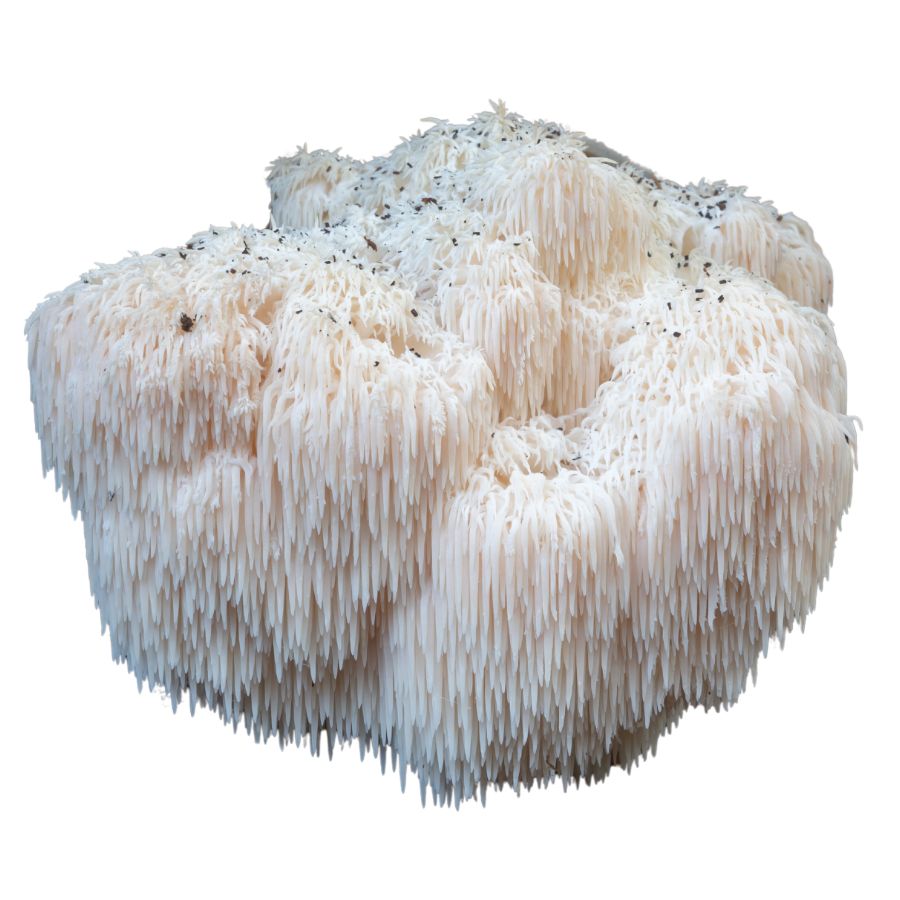
Lion’s mane mushrooms grow in white, shaggy clusters that hang like icicles from hardwood trees. The entire fruiting body is edible and has a soft, meaty texture that’s often compared to crab or lobster.
People value lion’s mane not just for the flavor but for how well it soaks up sauces in stir-fries, soups, or even pan-seared dishes. It’s usually sliced and cooked fresh, though it can be dried and rehydrated without losing much texture.
While it doesn’t have many dangerous lookalikes, some species of toothed fungi like bear’s head or comb tooth can resemble it. Those are also edible, but if a mushroom is discolored, mushy, or growing from the ground instead of wood, skip it.
Fresh lion’s mane sells for a high price at gourmet markets and restaurants because of its short shelf life and culinary demand. Its chewy bite and slightly sweet, nutty taste make it a favorite among chefs and home cooks alike.
Maitake (Grifola frondosa)
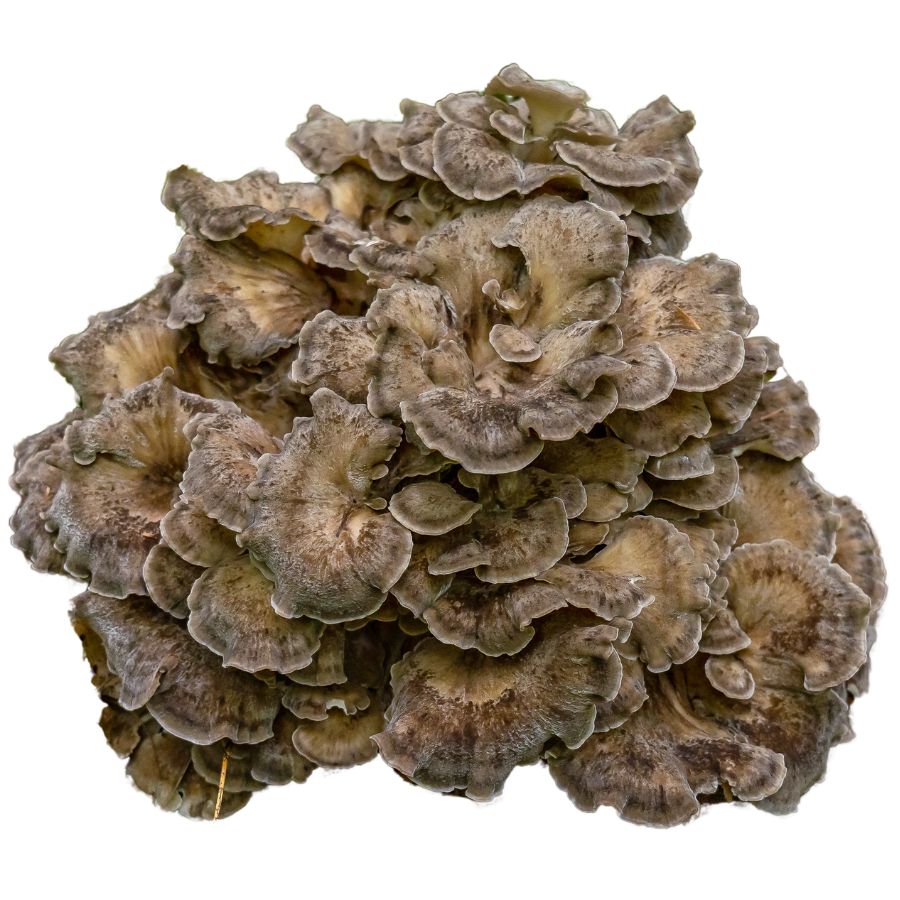
If you’ve ever found a large, leafy-looking mushroom near the base of an oak tree, it might’ve been maitake, also called hen of the woods. The lobes are soft, fan-shaped, and usually grow in a layered cluster that looks like brown petals.
Its flavor is strong and savory, and people often roast or fry it to bring out its concentrated taste. It’s firm when cooked, not spongy, and works well in grain bowls, stews, or simply on its own.
The whole fruiting body is edible, but the base can be fibrous and tough, so most people trim that part away.
While maitake does have a few lookalikes, like the umbrella polypore, most of them are thicker and less delicate in texture.
Fresh wild maitake can fetch high prices at specialty markets, and its shelf life improves dramatically when dehydrated. For those who forage or cook professionally, it’s one of the more valuable mushrooms to find.
Morel (Morchella americana)
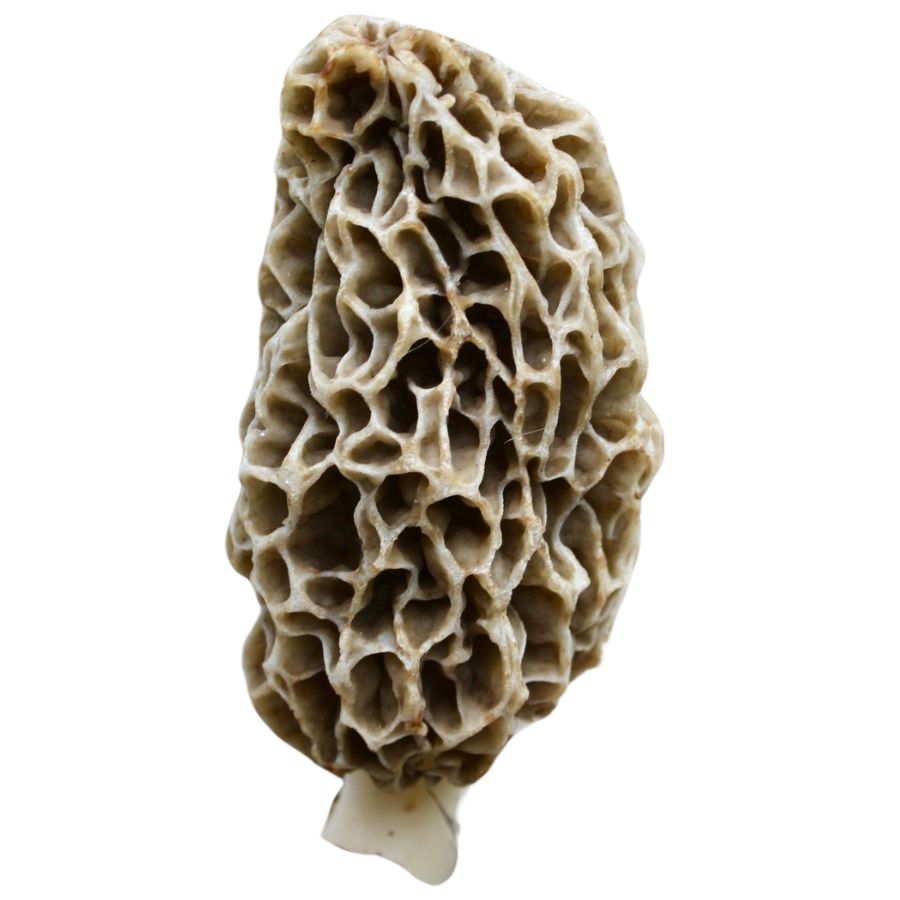
Morel mushrooms have a honeycomb-like surface with deep pits and ridges. The cap is fully attached to the stem, which helps set them apart from dangerous lookalikes like false morels that often have wrinkled, lobed caps and loose or cottony interiors.
The rich, nutty flavor and slightly chewy texture make morels a favorite in high-end kitchens. Many people sauté them in butter, stuff them, or dry them for later use because they hold their flavor extremely well.
Always cook morels thoroughly because raw ones can cause stomach upset, even when they look perfectly normal.
Morels are highly prized by chefs and home cooks, sometimes selling for over $50 per pound fresh and even more when dried.
Part of what makes morels so valuable is how hard they are to cultivate and find. They often grow in specific, unpredictable places, and their short harvesting window drives up both the demand and the price.
Ostrich Fern Fiddleheads (Matteuccia struthiopteris)
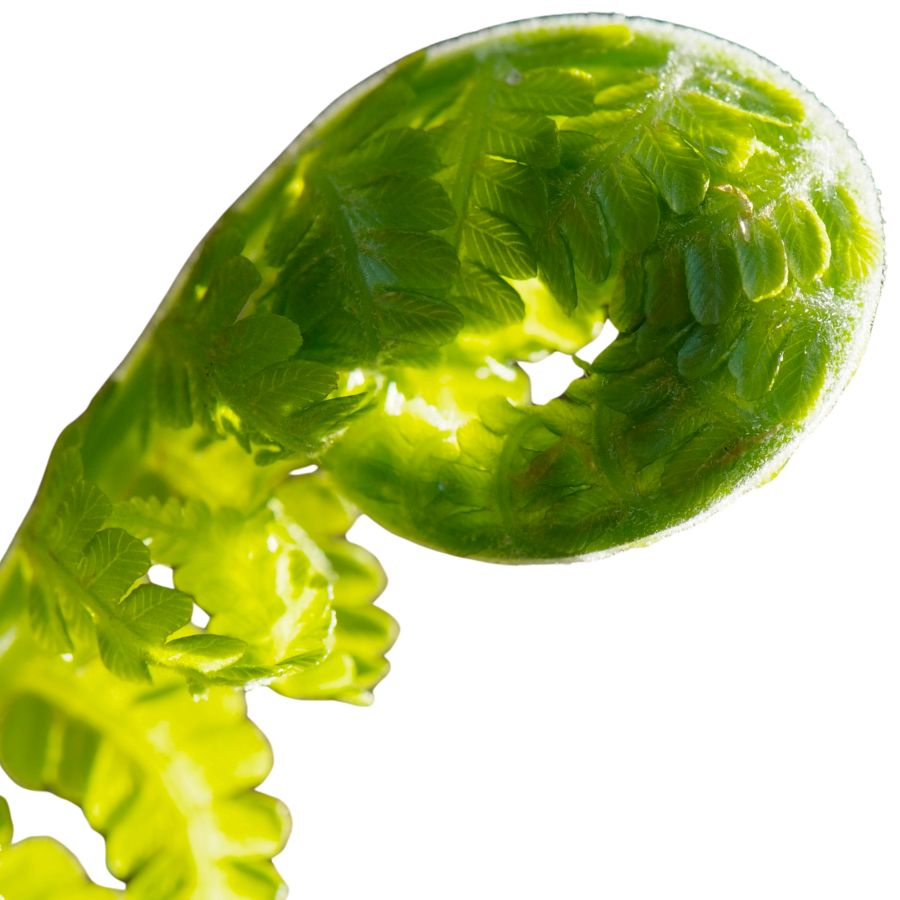
Ostrich fern fiddleheads, also referred to as fiddlehead greens or shuttlecock ferns, grow in tight green spirals that are eaten while still curled. Only the young shoots are edible and the rest of the plant should be left alone.
People often compare the flavor to a mix of spinach and asparagus, and the texture stays firm when cooked properly. The most common way to prepare them is by boiling or steaming, followed by a quick pan-fry.
These ferns are especially valuable to foragers and farmers’ markets because of how sought after they are in spring produce sales. A pound of fresh fiddleheads can sell for twenty dollars or more.
Lookalikes include bracken and lady fern, which can be toxic or cause digestive problems. Ostrich ferns have smooth green stalks and no fuzzy coating, unlike many of their less-safe counterparts.
Elderberry (Sambucus nigra subsp. canadensis)
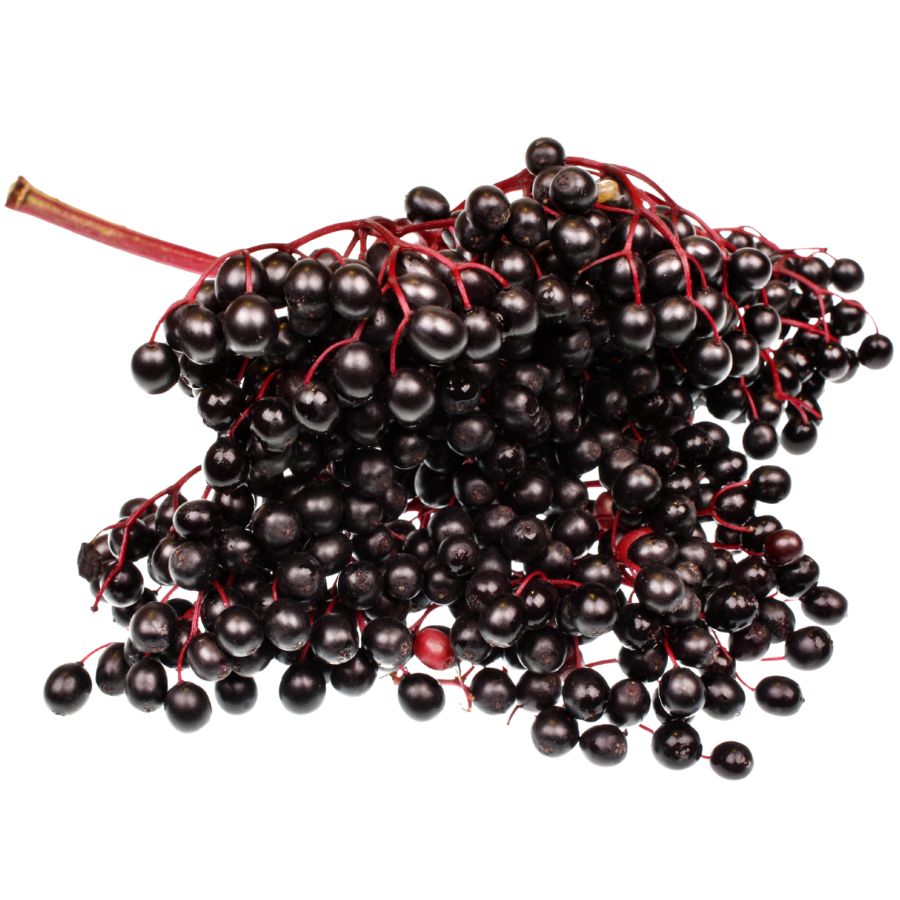
For centuries, elderberries have been gathered not just for food, but for making home remedies prized across the Southwest. Also called Mexican elder and tapiro, elderberry grows as a sprawling bush or small tree with clusters of tiny white flowers that turn into dusty blue-black berries.
There are toxic lookalikes you need to watch for, especially red elderberry, which has round clusters of bright red fruit. Elderberries grow in flatter, broader clusters and have a softer, more powdery appearance when ripe.
The berries have a deep, earthy flavor with a tart edge, and are usually cooked into jams, syrups, and baked goods to bring out their richness.
Make sure to avoid eating the raw berries, seeds, bark, or leaves because they can cause nausea unless they are properly cooked.
This plant stays valuable because the berries are used heavily in teas, tinctures, and syrups that people rely on for wellness, driving steady demand. Elderberries can also be dried and stored for months, making it even more profitable compared to foods that spoil quickly.
Stinging Nettle (Urtica dioica)

Stinging nettle, also called burn nettle or common nettle, is a leafy green covered in tiny needle-like hairs that deliver a sting. These hairs can irritate your skin, but cooking the plant completely removes that problem.
Only the top few inches of the plant are harvested for food, usually while the stems are still tender. After boiling or steaming, the leaves taste mildly herbal and have a texture similar to cooked kale.
It’s easy to confuse stinging nettle with lookalikes like wood nettle or false nettle, but the key difference is how aggressively stinging nettle reacts when touched. If you brush against it and feel a sharp tingling burn, it’s the real thing.
Fresh nettles are sold at some farmers markets and herb shops, though their value mostly comes from their nutritional punch and culinary versatility. They’re often used in soups, pestos, and green purées where other leafy greens might wilt too quickly.
Lowbush Blueberry (Vaccinium angustifolium)
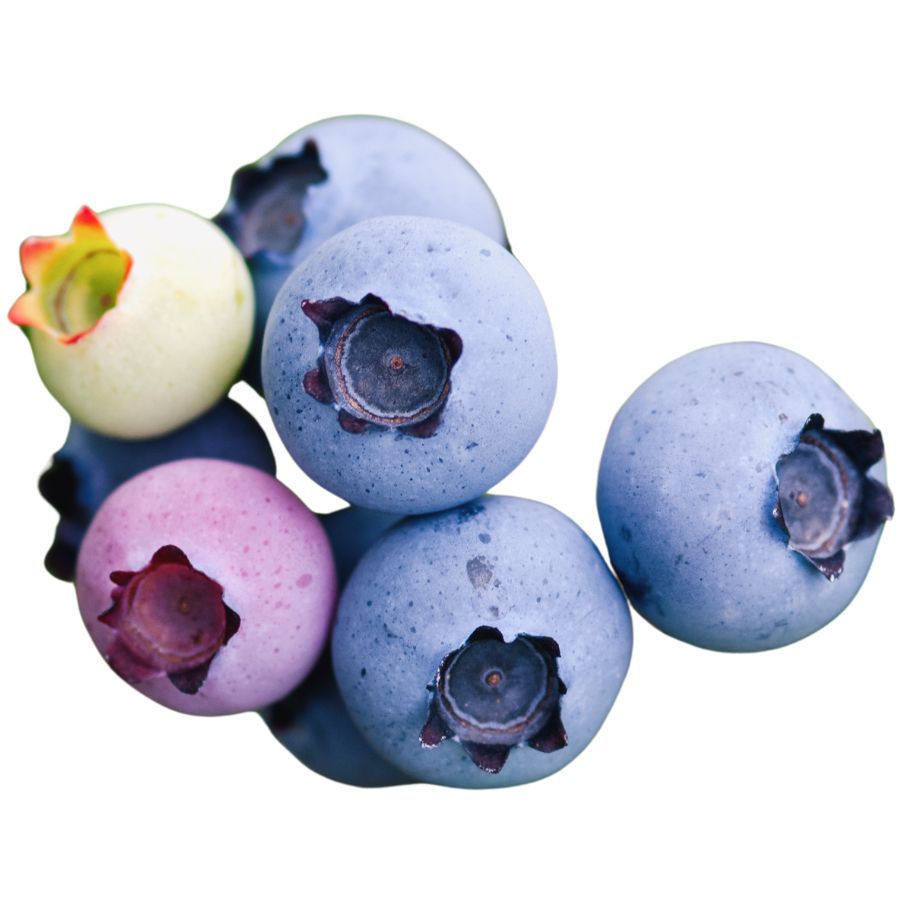
The lowbush blueberry, also called the wild blueberry, grows close to the ground and produces small, deep-blue fruits that are packed with flavor. Its leaves are narrow and finely toothed, and the plant spreads in dense mats across sandy or rocky soil.
People often confuse lowbush blueberry with black huckleberry, but huckleberries have larger seeds and a different leaf shape. The stems of huckleberry are also more resinous and rough, which helps tell them apart.
You can eat the berries raw, bake them into muffins or pies, or boil them down into jam. The skin is thin, the flesh is juicy, and the flavor is both tart and sweet.
Lowbush blueberries are prized for their strong flavor and high antioxidant content, which makes them popular in high-end health food products. Fresh berries can sell for several dollars per pound, and even more when processed into specialty goods.
Chokecherry (Prunus virginiana)

The fruit of chokecherry, also called bitter-berry or Virginia bird cherry, grows in dense clusters and ripens to a deep purple-black color. Its puckering taste is balanced out when cooked into jellies, syrups, or wine.
You can eat the skin and pulp, but the large pit inside contains toxic compounds and should never be consumed raw. Even the leaves and stems can be harmful if ingested.
Chokecherry has a tart, astringent flavor when fresh, but that changes entirely once heat and sugar are added. The texture softens nicely in jams and fruit leather.
The plant’s value comes from both its culinary uses and the fact that it grows abundantly in the wild. While not particularly high-priced, the fruits can still bring a decent return when sold in processed form.
Wild Strawberry (Fragaria virginiana)
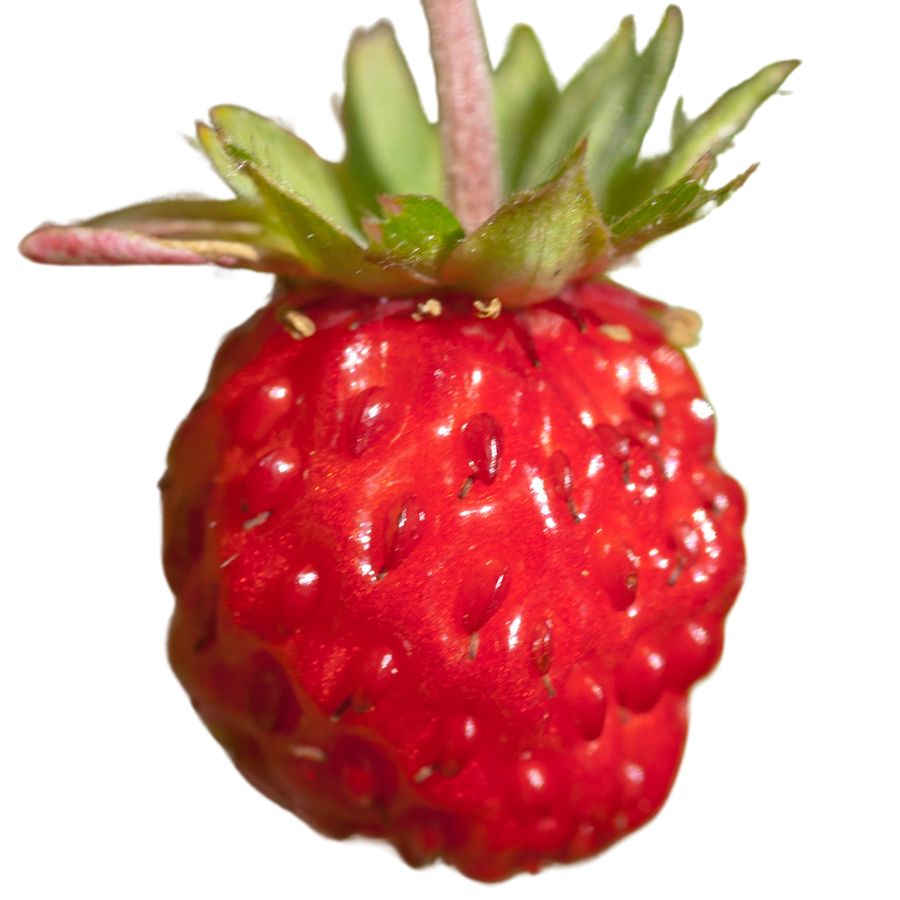
The wild strawberry has five-petaled white flowers and small red fruits that grow close to the ground on thin runners. Its toothed leaves grow in groups of three and are often mistaken for similar-looking plants like mock strawberry, which has yellow flowers and bland, dry fruit.
You can eat the ripe fruit, which has a sweet, concentrated strawberry flavor with a soft, juicy texture. Some people dry or freeze the berries, while others mash them into jam or cook them down into syrup.
The leaves and stems aren’t toxic, but they aren’t typically eaten either. Only the fruit is considered edible and worth harvesting.
Wild strawberries have limited commercial value because they’re small and delicate, but their taste is considered better than many store-bought varieties. That makes them popular in niche markets like gourmet preserves and foraged produce boxes.
Serviceberry (Amelanchier alnifolia)
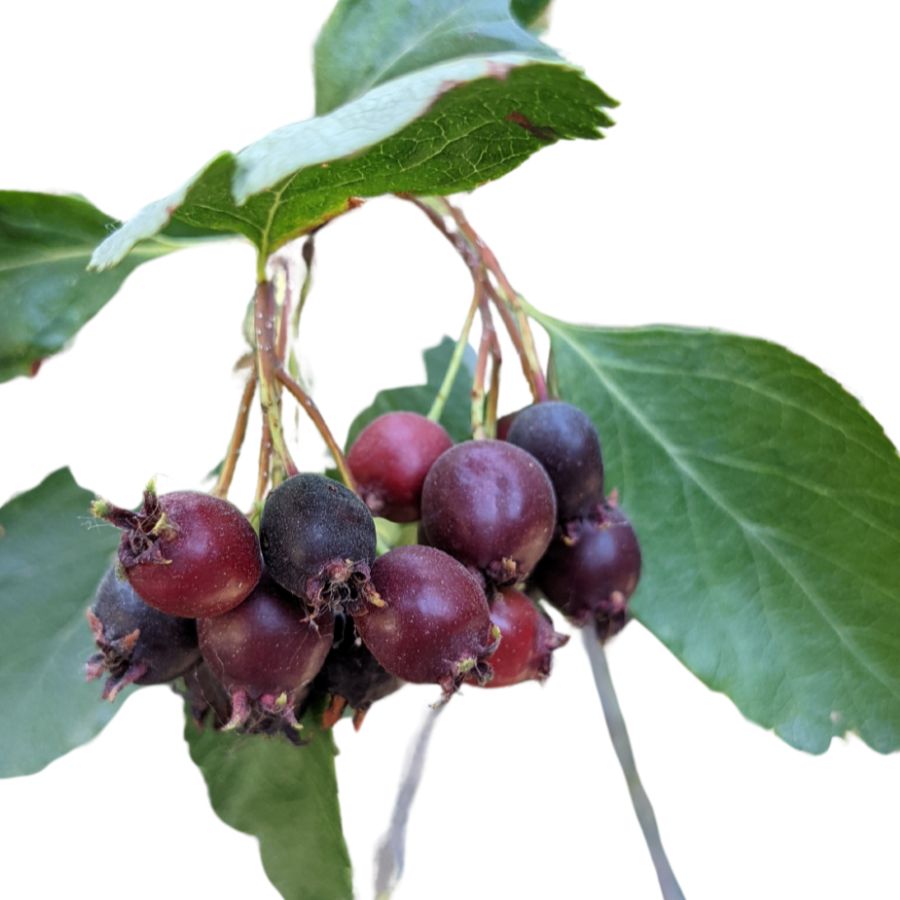
You can spot serviceberry shrubs by their smooth gray bark, clusters of white flowers, and dark blue to purple berries. To avoid confusing them with less safe berries like chokecherries, look for the five-pointed crown at the end of each ripe serviceberry.
These berries taste sweet and slightly nutty, almost like a richer version of a blueberry. Most people dry them, bake them into pastries, or cook them down into rich preserves.
The edible part is the ripe berry, while eating too many seeds raw could cause mild stomach issues because of their natural compounds. When dried or frozen, the berries keep their flavor and quality, making them more valuable for long-term storage and resale.
Serviceberries are a favorite among foragers and chefs because they are packed with flavor and work well in a wide range of recipes. Many buyers are willing to pay well for clean, well-prepared berries that hold up beautifully in baking and cooking.
Red Raspberry (Rubus idaeus)
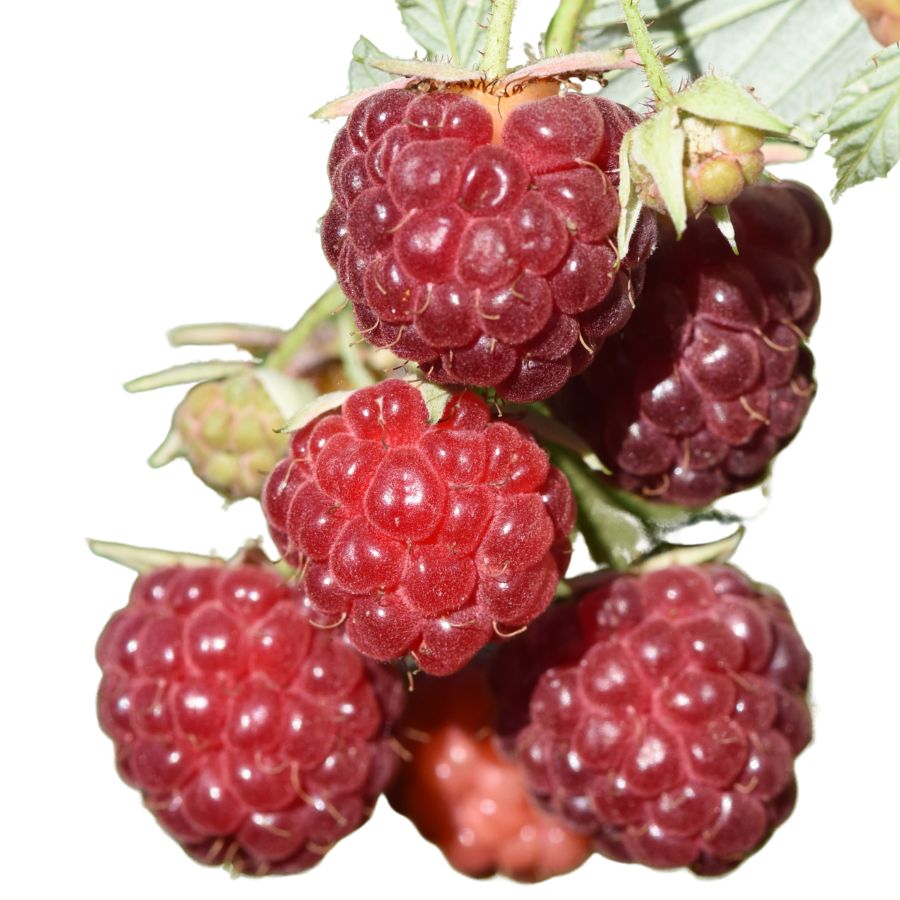
You’ll recognize red raspberries by their soft red drupelets and their hollow shape when picked. The canes are covered in fine prickles, and the leaves are toothed and pale underneath.
People usually eat the berries fresh or turn them into jams, syrups, or desserts. The leaves aren’t edible and are often ignored entirely.
Red raspberries can be mistaken for wineberries, which are more translucent and sticky. Another common mix-up is with black raspberries, which have a solid core and darker color.
They aren’t rare, but they’re still considered a premium fruit in local food markets and can be profitable in small harvests. Their delicate texture makes them harder to store or ship, which adds to their market appeal.
Groundnut (Apios americana)

Groundnut grows as a vining plant with compound leaves and reddish-purple flowers, but the part you’re after is buried underground. Its tubers are edible, protein-rich, and surprisingly high in calories compared to most wild plants.
They can be peeled and boiled like potatoes, or slow-roasted to bring out a nutty, slightly sweet taste. Some people mash them or slice them thin to fry into chips.
It’s easy to confuse groundnut with trailing wild beans or other legumes, especially if you’re only looking at the vines. The key difference is the string of bead-like tubers that groundnut sends down into the soil.
These tubers have drawn attention from permaculture growers and chefs for their nutritional value and earthy flavor. While not mass-produced, they can sell for over $15 per pound in niche food markets.
Jerusalem Artichoke (Helianthus tuberosus)
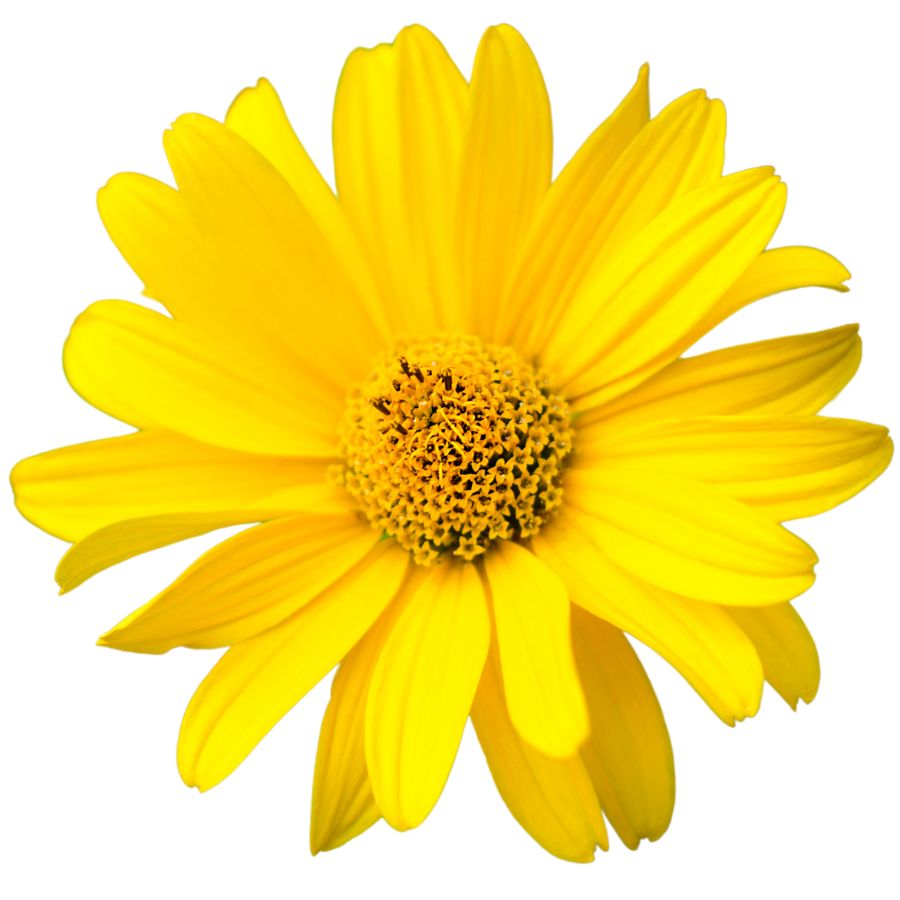
The Jerusalem artichoke is a sunflower relative that grows tall with bright yellow blooms and knobby, potato-like tubers underground. Its underground part is what you eat, while the stems, leaves, and flowers are best left alone.
What makes the tubers interesting is their crisp texture when raw and a nutty, slightly sweet flavor when cooked. They’re often roasted, pureed into soups, or sliced thin for chips.
Some wild sunflowers can look similar, but they don’t form the same type of tubers. If you’re not digging up a bumpy, tan root shaped like ginger, you’re not looking at the right plant.
People value Jerusalem artichokes for their culinary versatility and as a low-starch alternative to potatoes. They sell for a decent price at specialty grocers and farmers markets, especially when freshly dug.
Cranberry (Vaccinium macrocarpon)
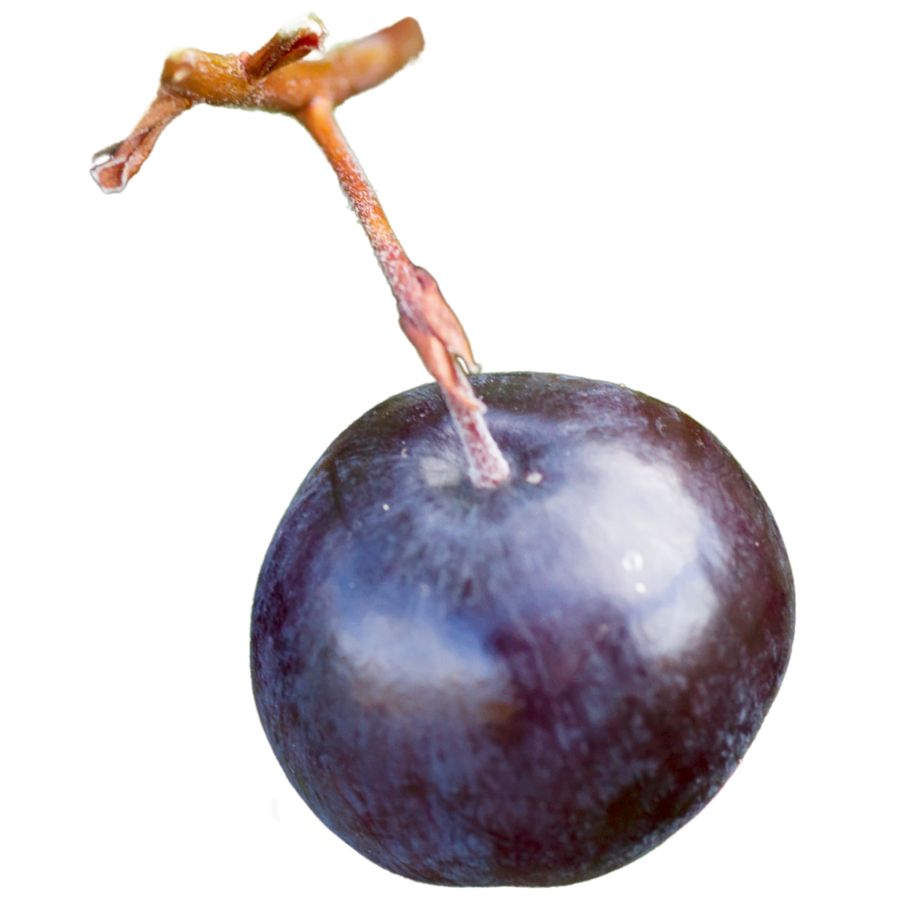
American cranberries grow on low, woody vines and produce small, firm, deep red berries that are tart and glossy. The leaves are tiny, oval, and evergreen, with a leathery feel and smooth edges.
What you’re after are the berries, which can be eaten raw, though most people prefer them cooked into sauces or dried with sweetener. Their sharp, sour flavor and dense texture make them ideal for preserving.
These berries are often mistaken for partridgeberries or bearberries, which are safe but lack the intense acidity and bounce of cranberries. If the fruit feels too soft or has a dull skin, it’s likely not a cranberry.
Cranberries have high market value, especially when dried or turned into juice, and they’re prized for both their shelf life and antioxidant content. The leaves and stems aren’t edible and shouldn’t be consumed.
Sheep Sorrel (Rumex acetosella)
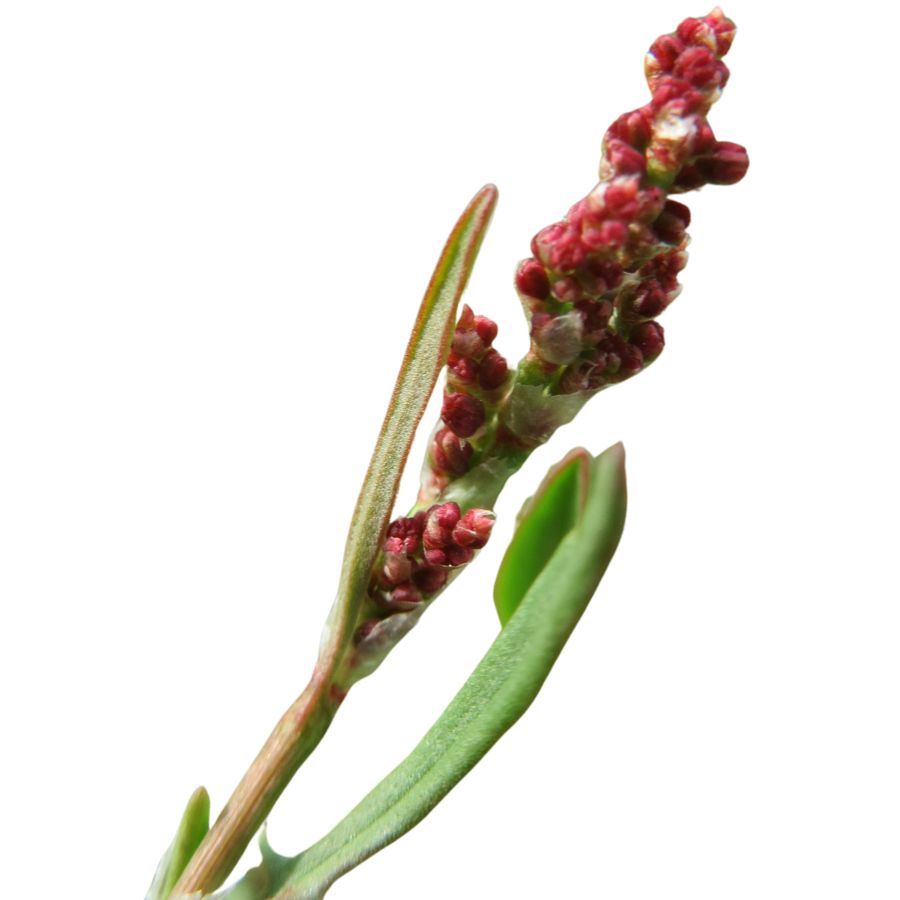
Sheep sorrel, also called red sorrel or field sorrel, is a tangy wild green with arrow-shaped leaves and reddish stems that grow low to the ground. The sharp, lemony flavor comes from oxalic acid, which gives it a sorrel-like bite but also means you should eat it in moderation.
The young leaves are the main edible part, eaten raw in salads or blended into soups and sauces. They have a soft texture, but older leaves can get tough and more bitter.
It looks a bit like curly dock or other sorrel species, but sheep sorrel’s distinctive backward-pointing lobes at the base of each leaf help set it apart. Avoid dock species with larger, tougher leaves and very fibrous stems, which don’t taste good raw.
This plant doesn’t sell for much, but it’s valued by foragers for its flavor and as a trail snack. It’s also used to balance richer dishes or add brightness to foraged herb mixes.
Milkweed (Asclepias syriaca)
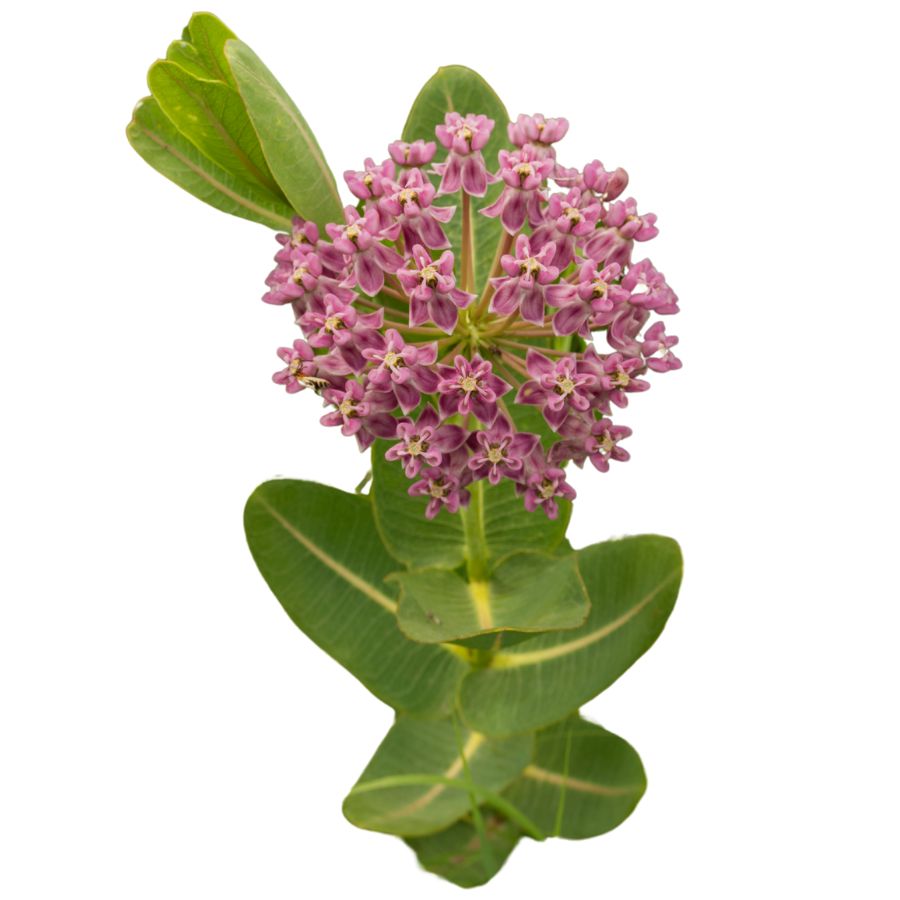
You’ll find milkweed growing in open fields, where it produces thick stems, wide green leaves, and heavy flower clusters. The unopened buds and tender pods are the most popular edible parts, though only after boiling them well.
It’s often confused with dogbane, which is poisonous and doesn’t produce the same sticky white sap when snapped. When cooked correctly, the pods become tender and taste a little like asparagus with a softer bite.
People usually prepare milkweed in soups, boiled side dishes, or even fried after parboiling to remove toxins. Boiling the parts in two or three rounds of water is the safest way to make them edible.
This plant isn’t widely sold commercially, but in local foraging communities, it’s a valued wild vegetable. If you’re careful with your identification and preparation, milkweed can be a surprisingly versatile wild food.
Where to Find Valuable Forageables in the State
Some parts of the state are better than others when it comes to finding valuable wild plants and mushrooms. Here are the different places where you’re most likely to have luck:
| Plant | Locations |
| Ramps (Allium tricoccum) | – Rangeley Public Lands – Baxter State Park gateway lands – Grafton Notch State Park public land areas |
| Chanterelle (Cantharellus cibarius) | – Acadia National Park forest areas – White Mountain National Forest (Maine section) – Moosehead Lake Public Lands |
| Black Trumpet (Craterellus fallax) | – Moosehead Lake Public Lands – Acadia National Park mixed woods – White Mountain National Forest hardwood slopes |
| Lobster Mushroom (Hypomyces lactifluorum) | – Bigelow Preserve – Baxter State Park adjacent public lands – Rangeley Public Lands |
| Lion’s Mane (Hericium erinaceus) | – Baxter State Park adjacent lands – Acadia National Park hardwood logs – White Mountain National Forest |
| Maitake (Grifola frondosa) | – Bigelow Preserve – Rangeley Public Lands – White Mountain National Forest oak stands |
| Morel (Morchella americana) | – Acadia National Park forest zones – Moosehead Lake Public Lands – White Mountain National Forest disturbed hardwoods |
| Ostrich Fern Fiddleheads (Matteuccia struthiopteris) | – Kennebec River Corridor Public Lands – Penobscot River Corridor Public Lands – Rangeley Public Lands riverbanks |
| Elderberry (Sambucus nigra subsp. canadensis) | – Acadia National Park edge zones – Baxter State Park periphery lands – White Mountain National Forest forest openings |
| Stinging Nettle (Urtica dioica) | – Penobscot River Corridor Public Lands – Kennebec River Corridor Public Lands – Rangeley Public Lands disturbed soil |
| Lowbush Blueberry (Vaccinium angustifolium) | – Acadia National Park barrens – Moosehead Lake Public Lands – Baxter State Park edge areas |
| Chokecherry (Prunus virginiana) | – White Mountain National Forest uplands – Rangeley Public Lands – Baxter State Park forest margins |
| Wild Strawberry (Fragaria virginiana) | – Acadia National Park open areas – Moosehead Lake Public Lands – Kennebec River Corridor Public Lands |
| Serviceberry (Amelanchier alnifolia) | – White Mountain National Forest clearings – Acadia National Park trail zones – Rangeley Public Lands |
| Red Raspberry (Rubus idaeus) | – Penobscot River Corridor Public Lands – Kennebec River Corridor Public Lands – Acadia National Park forest edge |
| Groundnut (Apios americana) | – Penobscot River Corridor Public Lands – Kennebec River Corridor Public Lands – Moosehead Lake Public Lands wet areas |
| Jerusalem Artichoke (Helianthus tuberosus) | – Acadia National Park meadows – Penobscot River Corridor Public Lands – Kennebec River Corridor Public Lands |
| Cranberry (Vaccinium macrocarpon) | – Acadia National Park coastal bogs – Big Bog Public Lands – Moosehead Lake Public Lands peat zones |
| Sheep Sorrel (Rumex acetosella) | – Rangeley Public Lands – Kennebec River Corridor Public Lands – Moosehead Lake Public Lands |
| Milkweed (Asclepias syriaca) | – Penobscot River Corridor Public Lands – Kennebec River Corridor Public Lands – Rangeley Public Lands |
When to Forage for Maximum Value
Every valuable wild plant or mushroom has its season. Here’s a look at the best times for harvest:
| Plants | Valuable Parts | Best Harvest Season |
| Ramps (Allium tricoccum) | – Leaves – Bulbs | – April – May |
| Chanterelle (Cantharellus cibarius) | – Fruiting bodies (mushroom) | – July – August – September |
| Black Trumpet (Craterellus fallax) | – Fruiting bodies (mushroom) | – August – September – October |
| Lobster Mushroom (Hypomyces lactifluorum) | – Fruiting bodies (mushroom) | – August – September |
| Lion’s Mane (Hericium erinaceus) | – Fruiting bodies (mushroom) | – September – October – November |
| Maitake (Grifola frondosa) | – Fruiting bodies (mushroom) | – September – October |
| Morel (Morchella americana) | – Fruiting bodies (mushroom) | – May – Early June |
| Ostrich Fern Fiddleheads (Matteuccia struthiopteris) | – Young fiddleheads | – Late April – Early May |
| Elderberry (Sambucus nigra subsp. canadensis) | – Flowers – Berries | – Flowers: June – Berries: August |
| Stinging Nettle (Urtica dioica) | – Young leaves – Stems | – April – May – Early June |
| Lowbush Blueberry (Vaccinium angustifolium) | – Berries | – July – August |
| Chokecherry (Prunus virginiana) | – Berries | – August – September |
| Wild Strawberry (Fragaria virginiana) | – Berries | – June – Early July |
| Serviceberry (Amelanchier alnifolia) | – Berries | – June – Early July |
| Red Raspberry (Rubus idaeus) | – Berries | – July – August |
| Groundnut (Apios americana) | – Tubers – Pods (immature) | – Tubers: September–October – Pods: August |
| Jerusalem Artichoke (Helianthus tuberosus) | – Tubers | – October – November |
| Cranberry (Vaccinium macrocarpon) | – Berries | – Late September – October |
| Sheep Sorrel (Rumex acetosella) | – Leaves | – May – June – September (young regrowth) |
| Milkweed (Asclepias syriaca) | – Shoots – Buds – Immature pods | – Shoots: May – Buds: June – Pods: July |
One Final Disclaimer
The information provided in this article is for general informational and educational purposes only. Foraging for wild plants and mushrooms involves inherent risks. Some wild plants and mushrooms are toxic and can be easily mistaken for edible varieties.
Before ingesting anything, it should be identified with 100% certainty as edible by someone qualified and experienced in mushroom and plant identification, such as a professional mycologist or an expert forager. Misidentification can lead to serious illness or death.
All mushrooms and plants have the potential to cause severe adverse reactions in certain individuals, even death. If you are consuming foraged items, it is crucial to cook them thoroughly and properly and only eat a small portion to test for personal tolerance. Some people may have allergies or sensitivities to specific mushrooms and plants, even if they are considered safe for others.
Foraged items should always be fully cooked with proper instructions to ensure they are safe to eat. Many wild mushrooms and plants contain toxins and compounds that can be harmful if ingested.

